Ultra-processed food (UPF) is the latest hot topic in the food and drink industry, beating out the likes of HFSS for column inches and striking headlines.
This is fuelled by the research and proposals surrounding the issue, including a recent report which found that greater dietary exposure to UPF was associated with a higher risk of more than 30 harmful effects, including heart disease, type 2 diabetes, and cancer.
What’s more, a Food, Diet & Obesity committee hearing at the House of Lords in late February saw experts call for salt and sugar taxes (once the economy has recovered), advertising bans beyond what is proposed under forthcoming high fat, salt, and sugar (HFSS) regulation as well as black octagon label warnings on ultra-processed foods.
Former government food tsar Henry Dimbleby and broadcaster Dr Chris van Tulleken didn’t mince their words at the hearing. They claimed food businesses “can’t control themselves”, questioning the sector’s autonomy to make change due to the way the system works, and therefore noting the need for regulatory intervention. However, they recognised the need for nuance when it comes to creating such regulation.

Unlike HFSS regulations, the duo highlighted that the term UPF wasn’t meant to be applied to individual products and instead described industrial food and dietary patterns – meaning debates around whether or not an M&S lasagna was a UPF or not was irrelevant.
A lack of a universally accepted definition isn’t going to make things easier to understand. Several classification systems have been developed with NOVA frequently cited. It classifies UPF as formulations made mostly or entirely from substances derived from foods and additives via a sequence of processes – hence the name, ultra-processed foods.
To put it more simply, Dr Chris van Tulleken said “if a food is wrapped in plastic and has at least one ingredient you don’t find in a domestic kitchen… then it is probably an ultra-processed food.”
Scalable can be healthy
So, where does this leave the baking industry? Are firms worried about the impact the debate and potential regulation could have on their operations and profits? What can they do to combat this?
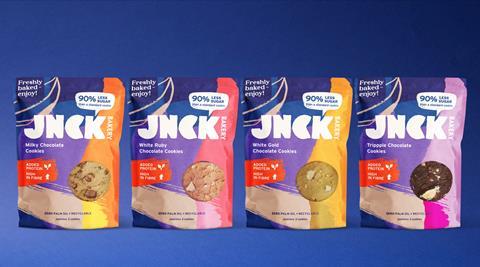
“The UPF debate is at the very start of its journey,” highlights Alex Brassill, founder of JNCK Bakery which aims to help consumers have their cookies and eat them too through its four-strong range of sweet treats. JNCK’s cookies boast 90% less sugar and higher fibre and protein levels than other options available. Ingredients for its Milky Chocolate Cookie include wheat flour, protein chocolate, polydextrose, sunflower lecithin, sucralose, rapeseed oil, and pea protein isolate, among others.
He argues that a level of processing is “simply necessary”. “Given we are operating in bakery, where processing is necessary, our stance is that it is the makeup of these ingredients in the product rather than the processing of them that is most relevant. Should the ingredients contribute positively to the nutritional profile of a product, the processing should be less stigmatised,” he adds.
“There’s nothing to say food can’t be healthy at the same time as massively scalable”
Even Dr van Tulleken and Dimbleby conceded that in the context of eating an ultra-processed diet switching from white sliced bread to brown mass manufactured bread was better for you owing to its higher fibre content.
“There’s nothing to say food can’t be healthy at the same time as massively scalable, and we have overwhelming evidence that almost all UPFs can be reformulated to be health positive,” believes Leo Campbell, co-founder of Modern Baker, which unveiled Superloaf 5.0 a year ago. The mass-produced version of what it had previously dubbed the ‘healthiest loaf ever made’ was co-manufactured by Hovis via the Chorleywood Bread Process with optimised fibres and fermented seeds to improve its health credentials. It’s very much a “health-plus” approach with beneficial ingredients added in.
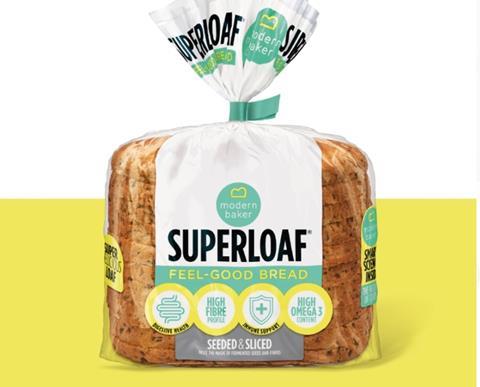
One thing Campbell is eager to flag is his belief that the UPF debate has “highlighted the deep flaws in HFSS”. “In theory, HFSS and UPF should be interchangeable, proxies for each other, but that’s all been blown apart,” he says. “In simple terms, UPFs’ fundamental flaw is that they have been stripped of nutrients. I don’t mean vitamins or minerals, but the thousands of micro-nutrients that are the bedrock of human nutrition, and that’s because HFSS doesn’t recognise or value them.”
It seems unlikely, at this stage, that HFSS will fall off the government agenda – even with a general election on the horizon. The restriction of HFSS products by location came into force in 2022 and the volume price restrictions are due to come into force on 1 October 2025.
“A change in government will only increase the focus on HFSS legislation. While ruling out taxation on HFSS products, Keir Starmer has pledged to proceed with the advertising restrictions laid out in the original legislation,” says Robert Lambert, marketing manager at Ulrick & Short. “Indeed, when the regulations do come into force in 2025, bakery will be one of the most heavily impacted sectors – this provides a good opportunity for bakers to not only improve nutritional profiles, but also take a march on their competition in doing so by achieving compliant formulations.”
“Sliced white seems to have emerged as the poster child of the UPF debate”
It is here, Campbell says, that challenger brands can “emerge and flourish”, noting that the debate around health and nutrition in bakery is good news. “It’s opening up a Tesla-shaped hole in bakery.”
Funding is available to help firms do just that. Modern Baker, for example, is targeting other UPF categories such as breakfast cereals, pasta, and ready meals thanks to £450,000 funding from the Innovate UK Better Food for All programme. The programme offered a share of £17.4m to 47 projects looking to improve the food quality, create functional foods, boost nutrition, develop new proteins, and extend the shelf life of healthy and fresh foods. JNCK Bakery was among the recipients alongside Shipton Mill, which is hoping to increase the nutrient content of white flour through milling innovation, grain selection, and blending.
What does health really mean?
Away from legislation, forthcoming or just called for by campaigners, businesses need to understand consumers’ thoughts on what health means when it comes to baked goods. Naturally, some of this will be influenced by the stories and information shared but this can be an ever-changing feast.
Modern Baker’s Campbell notes that “sliced white seems to have emerged as the poster child of the UPF debate” which has “definitely shaken consumers’ perceptions and attitudes”.
“In 2024, the definition of health within the bakery sector has evolved to encompass a wide range of dietary preferences and needs with a significant emphasis on ’free-from’ products like low-sugar, gluten-free, and dairy-free options,” believes Amir Mousavi, founder & creative director at London-based food development consultancy Good Food Studio. “Whether these are actually ‘healthy’ is topic for debate, but what is indisputable is that catering for dietaries does certainly have a health connotation or a better-for-you status amongst the average consumer.”
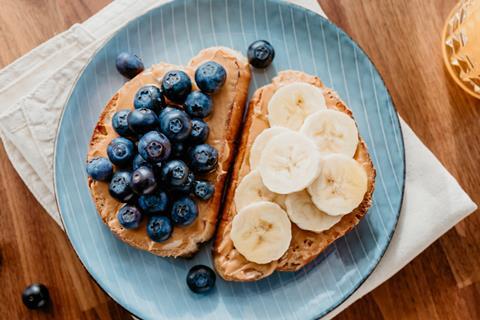
Away from those without dietary needs, Mousavi highlights that what makes a bakery item ‘healthy’ is complex and often varies widely among individuals. In light of the UPF discussion, some are looking to ‘unprocess’ their diets, while others want added protein, more fibre, or fewer calories.
Discussions around health come with a degree of privilege as Alex Hayes from food & drink insight firm Harris & Hayes points out “hyper industrialised bread has its place in the cost-of-living crisis, as it results in large volumes of food at cheap prices”. However, Hayes notes that with this discussion around health “there is a risk of dichotomising food into ‘good’ and ‘bad’, creating consumer confusion as brands over-promise and give conflicting advice on what ‘healthy’ really means”.
“We’re seeing a more flexitarian approach to bread, as with meat consumption”
Like applying the UPF definition to individual products, deciding whether a product is healthy in isolation probably shouldn’t be done. This, as Dr van Tulleken noted during the committee, depends entirely on the circumstances and overall diet. If you’re going to a desert island and are offered a burger or a broccoli, take the burger. “You won’t live long on broccoli,” he said.
With the overall picture in mind Lisa Harris, also of Harris & Hayes, notes that quality and health are becoming an increasing focus for consumers. “We’re seeing a more flexitarian approach to bread, as with meat consumption. So, whilst people aren’t cutting it out completely, they are generally reducing bread consumption or deciding to have it for one meal a day rather than two,” she explains, pointing to the recent Délifrance report ‘Prove It 2024: Breaking Bread – The Rise of the £1.2bn UK bread opportunity’. It found that rather than avoiding bread altogether, health-conscious consumers are opting for loaves with benefits such as high fibre or protein.
“Almost a third (30%) of consumers who are eating more bread at-home and out-of-home are doing so for health reasons. Meanwhile, 40% of consumers who are eating less bread at-home and out-of-home cited health as the reason,” adds Stephanie Brillouet, marketing director, Délifrance.
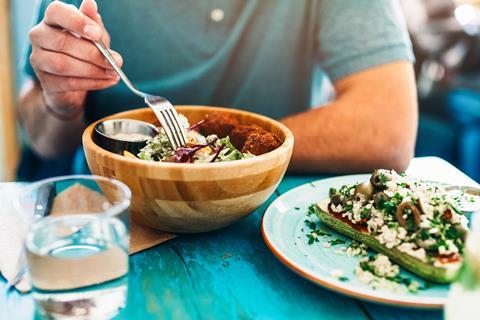
A mixed review for bread then but suppliers are confident that the right offering can keep shoppers engaged. British Bakels is among them as Michael Schofield, Bakels group marketing manager, says: “As the cost-of-living crisis continues, consumers realise the need to prioritise their health while enjoying their food, and see bread and bakery as an affordable way to do just that by paying a little bit extra for speciality products that deliver on both health and taste.”
He highlights growth areas of sourdough, rye, multiseed, and loaves made with ancient grains.
Another area of interest noted by British Bakels is clean label. Given the focus on ingredients as part of the UPF discussion, it’s fair to say the two are intrinsically linked. Further similarities come with the lack of universally accepted definitions for either. What it does tell us though, is that shoppers want more information and transparency on what’s in their food and where it comes from.
“As UPF has grown in the public consciousness so much, we have seen a significant increase in interest in improving back of pack label declarations,” reveals Ulrick & Short’s Lambert. “However, there is much misinformation and a lack of clarity over the UPF discussion and framework, and there certainly isn’t a consensus on whether anything needs to be actioned, and indeed what the role of the food industry could be.”
ADVERTISEMENT: BRITISH BAKELS

British Bakels helps UK high street bakers meet their customers’ requirement for healthy, nutritious breads with our Country Oven® concentrates.
The range includes Country Oven® Multiseed Bread Concentrate and The Original and Still the Best; a 50/50 concentrate packed with sunflower, pumpkin and linseeds. A source of fibre and protein, it supports the immune system and the metabolism, is suitable for vegans and vegetarians, and delivers outstanding eating and fresh-keeping qualities.
Another product in the range is the Country Oven® Oat and Barley Concentrate, which is a versatile 50/50 concentrate. It incorporates the goodness of oat and barley flakes, malted wheat flakes and wheat fibre – resulting in great tasting bread and rolls with an appetising and wholesome appearance and slight beery aroma. Country Oven® Oat and Barley Concentrate is a source of fibre, protein, and copper folate.





















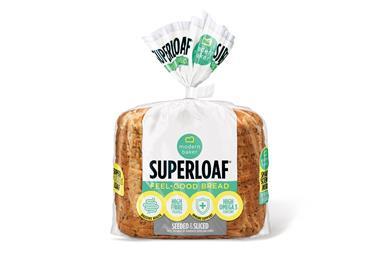

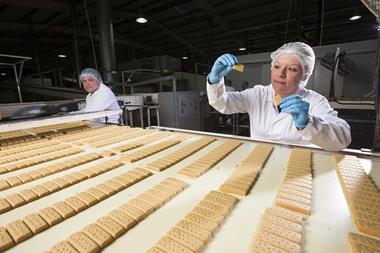
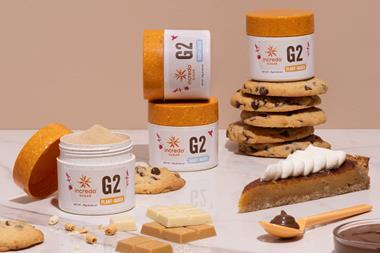
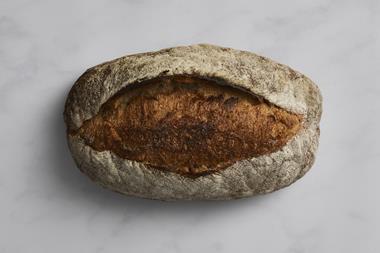




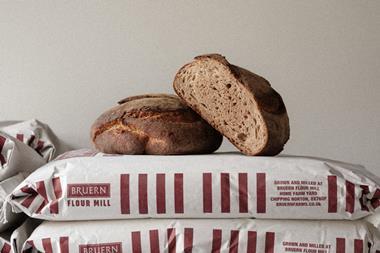


1 Readers' comment